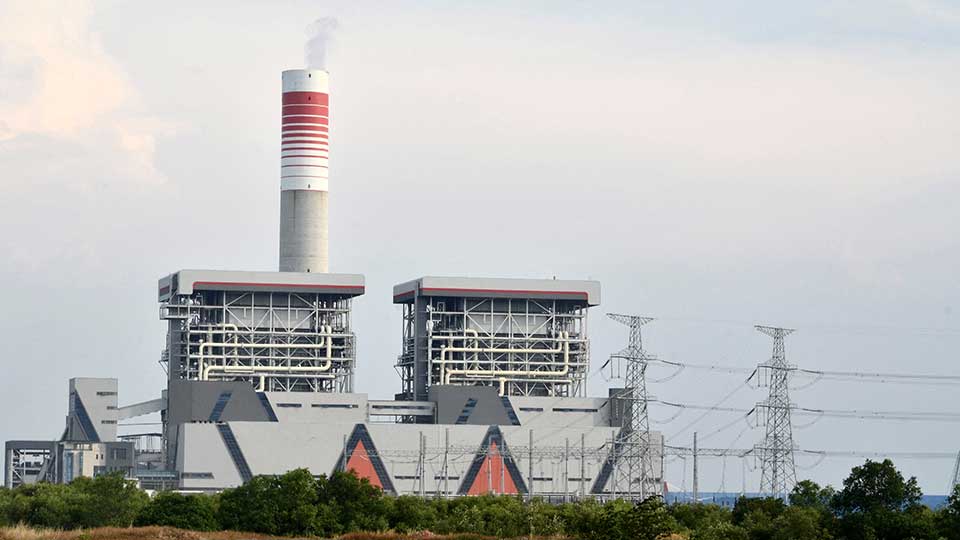
By Cecilia Springer
As the world grapples with the climate crisis, China’s role in financing global energy projects has come under intense scrutiny.
And while China has financed significant amounts of fossil fuel energy projects in the past two decades, China is also uniquely positioned to foster green energy transitions abroad.
What then, is the status of China’s overseas energy finance, and is there a greener picture on the horizon?
A recent update to the China’s Global Energy Finance (CGEF) Database, managed by the Boston University Global Development Policy Center, summarizes China’s overseas development finance for the energy sector. From 2000-2022, the China Development Bank (CDB) and the Export-Import Bank of China (CHEXIM) extended 331 energy sector loans totaling $225 billion to 65 foreign governments. Notably, in 2022, there were no new energy sector loan commitments from these development finance institutions (DFIs) to public borrowers, marking a second consecutive year without fresh funds.
Given the current global context, this finding is not surprising. Amid ongoing domestic economic woes, China’s DFIs have refocused inward. In addition, heightened debt distress in borrowing nations has restricted the ability and interest in taking on new loans, especially in climate-vulnerable countries that would benefit most from low-carbon energy infrastructure.
While China’s global energy finance has steadily declined since 2016, its development lending in the energy sector remains unrivaled, dwarfing the efforts of other DFIs when examined cumulatively. However, the majority of China’s global energy finance has poured into exploration and extraction activities, and fossil fuels account for 73 percent of all lending commitments tracked in the CGEF Database. As the CGEF Database tracks loan commitments, many of the projects in the database have yet to be finalized as physical infrastructure, meaning the full breadth of economic and environmental impacts are yet to be realized. The associated projects will contribute to global fossil fuel supply and greenhouse gas emissions for years to come.
The data update follows China’s Third Belt and Road Forum, which featured continued vows to champion green and low-carbon energy initiatives, building on Chinese leader Xi Jinping’s landmark 2021 announcement that China would not build new overseas coal projects and instead seek to support renewable energy in developing countries. Yet, a scale-up of support for green and low-carbon energy has yet to materialize. The CGEF Database shows a very small amount of financing for renewable energy in the form of wind, solar and geothermal projects, with a mere 1 gigawatt (GW) of installed renewable energy capacity backed by Chinese finance since 2000.
Why then, the continued dissonance between promise and practice?
On a global scale, trends in debt distress and lending approaches continue to constrain China’s development finance abroad, and not just in the energy sector. Yet, the slowdown in Chinese energy projects isn’t just about finance – it’s about shifting paradigms. Suspensions and cancellations in China’s overseas electric power projects, driven in part by environmental pressures, could signal China’s — and the world’s — growing environmental and social consciousness. At the same time, China is actively pursuing a “small is beautiful” strategy overseas and a turn towards varied, sustainable investment methods beyond traditional loans.
China’s DFIs face unique challenges in the global energy sector, including the perceived risks of smaller, grid-connected projects in regions with underdeveloped infrastructure and increasing market competitiveness as renewable energy costs plummet. Moreover, the involvement of multilateral development banks like the World Bank in funding renewable projects has been a preferred route for many host countries, perhaps reflecting more established relationships or China’s cautious approach to renewables. Despite these challenges, China’s impressive record in leveraging its DFIs to support domestic renewable energy, especially the solar industry during the 2008 financial crisis, illustrates a capacity to finance energy transition even during periods of economic uncertainty.
The financial might and technical know-how of Chinese DFIs stand ready to foster a green transition abroad, especially within the frameworks of its Belt and Road Initiative and the Global Development Initiative. It is also important to note that Chinese companies have provided more support for overseas renewable energy than its DFIs, in the form of foreign direct investment amounting to 12 GW of installed renewable energy capacity.
China’s capacity to drive a green agenda is clear; yet, the road ahead is complex. China’s newly announced Green Investment and Finance Partnership (GIFP) promises a new platform to help develop green projects in partner countries with innovative financing mechanisms. The platform will provide financing for the critical early stages of projects, which are often a huge hurdle for renewable energy projects, including feasibility studies, technical support, risk analysis, debt sustainability analysis, and proposal design. While the details are still evolving, China’s DFIs are included in the list of financiers, and could potentially bring their experience and scale to bear.
In the meantime, the world is waiting to see whether China will translate its considerable experience into an energy transition and a greener horizon for the Global South.
Cecilia Springer is a Non-Resident Fellow with the Global China Initiative at the Boston University Global Development Policy Center. Follow her on X: @Han_Cecilia





